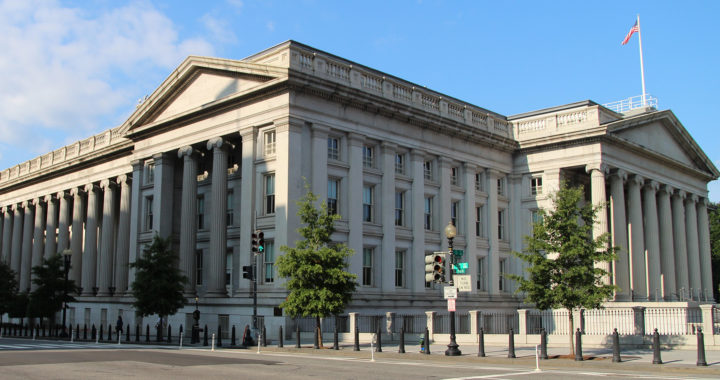The sovereign debt of the United States or the U.S. national debt represents all of the debts owed by the American federal government to different creditors and institutions both domestically and internationally. Note that the country borrows funds for its public or government spending, as well as for implementing an expansionary fiscal policy. There are two types of U.S. national debt: intragovernmental debt and the debt held by the public.
Exploring The Difference Between The Two Types Of U.S. National Debt: Intragovernmental Debt And Debt Held By The Public
1. Intragovernmental Debt
The federal government of the United States owes debts to other government agencies and departments. All of these debts are collectively referred to as intragovernmental holdings or intragovernmental debt. These are also referred to as debts held by government accounts. They also represent almost a quarter of the entire national debt.
Intragovernmental debt essentially means that the federal government owes money to itself. But why exactly? Note that government departments and agencies such as the U.S. Social Security Administration have surplus funds. They generate more revenues from the taxpayers and collections of contributions from the people than needed.
These departments and agencies fundamentally invest their excess funds in the U.S. Treasury for higher returns in the future rather than letting them sit idle in government bank accounts.
Note that the largest holder of intragovernmental debt is the Social Security Trusts which also include the Federal Old-Age Survivors Insurance and the Federal Disability Insurance Trust Funds. Other substantial holders are the Office of Personnel Management Retirement and Medicare, including the Federal Supplementary Medical Insurance Trust Fund.
2. Debt Held By The Public
The debt held by the public is another type of U.S. national debt that includes all debts owed to different institutions and creditors based in the United States and other countries. It also represents the biggest portion of the entire debt owed by the U.S. government as it accounts for more than 70 percent.
Note that the U.S. Treasury issues securities such as Treasury bills, notes, and bonds to investors. The largest portion of this public debt is held by foreign governments. Countries like China and Japan place high confidence in Treasury because they are safe investments.
The rest of the debts held by the public are held by banks and investors in the United States, bank personal trusts and estates, mutual funds and private pension funds, insurance companies, and individual and institutional holders of savings bonds such as government-sponsored enterprises and corporate and non-corporate business entities.
It is also worth mentioning that the Treasury held by the Federal Reserve is considered part of debts held by the public. Of course, as a central bank, it does not have a financial reason to own Treasuries but the 2007-2008 Financial Crisis compelled it to purchase mortgage-backed securities to save banks from bankruptcy.
The Federal Reserve fundamentally saved these banks by buying the Treasury they held while also adding more to its portfolio during economic distress as part of its effort to keep the U.S. economy afloat through quantitative easing.
Additional Pointers Regarding Intragovernmental and Public-Held Debt: Understanding Further The Composition Of The U.S. National Debt
It is important to reiterate the fact that the U.S. national debt is the sum of all debts owed by the U.S. federal government to other government departments and agencies, as well as the public, to include domestic and foreign entities and investors.
The prevailing notion is that foreign countries like China, Japan, and the United Kingdom own most of the debts of the United States. However, although debt held by the public indeed represents the largest portion of its national debt, breaking down its composition into more specific components would reveal otherwise.
Specifically, the reality is that most of these debts are owed to the Social Security Administration and pension or retirement funds in the United States. Current and future retirees are at risk of losing their benefits if the federal government defaults. Photo credit: Rchuoon24/Adapted/C.C. 3.0

